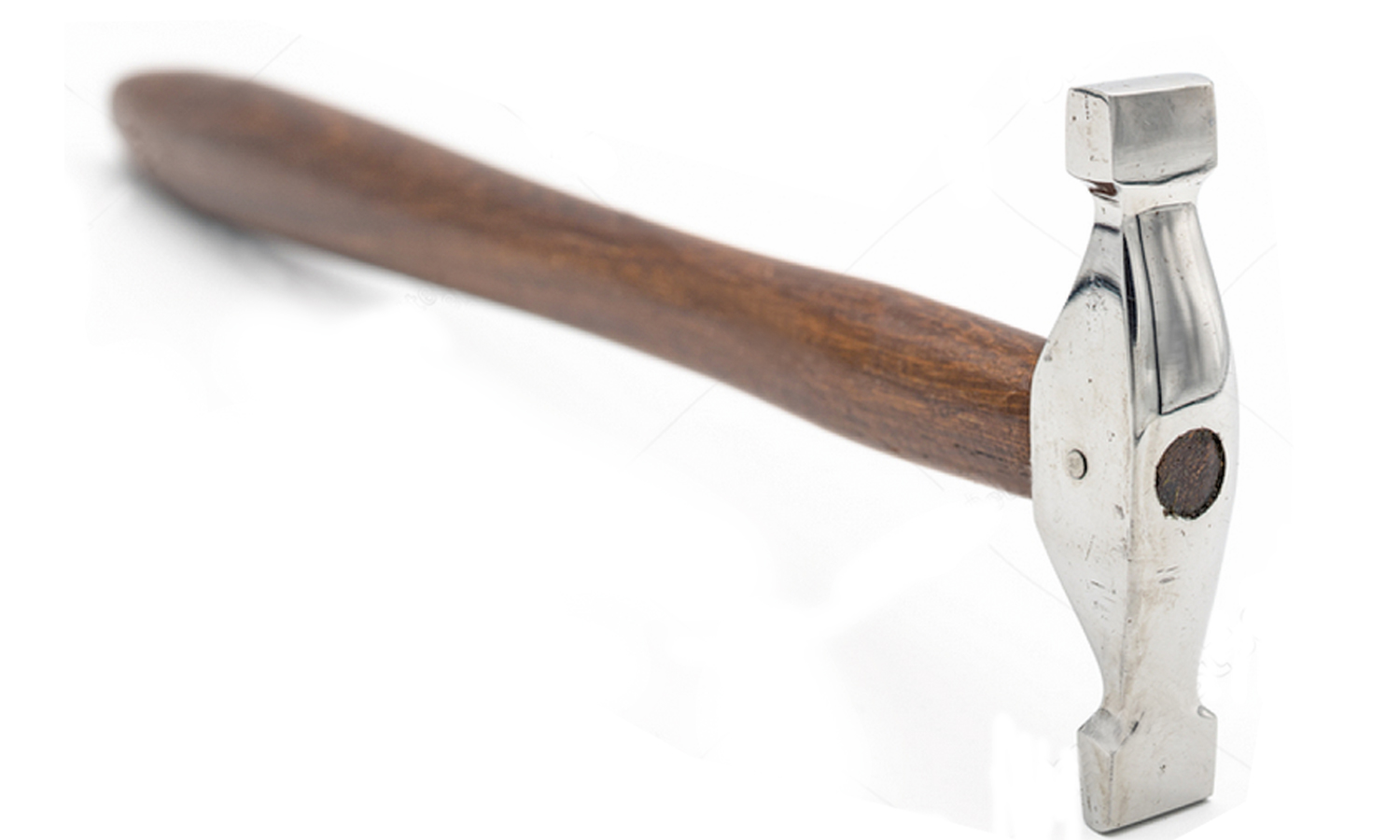

‘Adornment, identity and empowerment: Female Silversmiths in Southern Oman’ virtual presentation organised by the Anglo-Omani Society highlighted the importance of the involvement of craftswomen in silver handicraft work. Four experts dwelt upon the continuation of this important tradition in Dhofar.
The sessions presented by Mouza al Wardi, Fahmida Suleman, Aude Mongiatti and Marci Dorr, touched upon the various aspects of Omani silver jewellery — from the use of silver coins to amuletic properties and the varying designs of the ornaments, but most importantly the women silversmiths, who are now rare to find.
The contrasting jewellery style of the north where the pieces are larger compared to the jewellery of the south which is delicate and smaller in size.
According to The Anglo-Omani Society, “Throughout the Arabian Peninsula, silversmithing is almost universally identified as a male occupation, although a large proportion of the articles produced are for women. However, there is a relatively unknown, endangered tradition of female silversmithing in the Sultanate of Oman. In the talk, the experts shared some of their early research findings from an ongoing collaborative project supported by the British Museum, the Royal Ontario Museum and the National Museum of Oman on the last surviving female silversmiths of Dhofar.”
Fahmida Suleman talked about the two established women silversmiths of Dhofar – Ghaliya Ali and Tuful Ramadan whom Marci Dorr met years ago when she was documenting pottery and other crafts. Tuful learned the craft from her brother-in-law at the age of 14 years and the hobby turned out to be her profession.
There is continuity in using the jewellery design as well as in the ancient methodology as can be seen in the granule pyramid used on finger rings. She quoted Tuful, “Accuracy is in the women’s nature. Men are good, but women can make delicate designs.”
If the silversmiths depended on silver coins or melted old jewellery to create new pieces, today the jewellers have a variety of options.
“They prefer to use highly pure silver,” said Marci Dorr answering a query during the Zoom talk. Marci Dorr is the co-author of the book, ‘The Craft Heritage of Oman.’
Moza al Wardi, Director of Collections and Senior Curator at the National Museum of Oman, Muscat, spoke about preserving a nation’s heritage. She said the history of silversmithing in Oman dates back to the Iron Age. Her presentation had images of Iron Age pendants exhibited at the National Museum of Oman as well as Mid 20th century pendants on display at the British Museum. She threw light on the theme Omani Silver and the World: Coins as jewellery, noting, “A great diversity of coinage once circulated as currency in Omani souks and attractive coins were often made into jewellery. The coin pendants displayed at the National Museum galleries are components of large necklaces that were worn as a form of portable wealth. Together they span a century and represent ten nations including the Sultanate of Muscat and Oman, UAE, Saudi Arabia, Yemen, Iran, Pakistan, India, Spain, France, the Ottoman Empire and Austro-Hungarian and Austrian thalers.”
Dr Aude Mongiatti, Metals Scientist, Department of Scientific Research, British Museum expressed her concern for the profession, “Is the profession of silversmithing slowly disappearing?” She is involved in documenting the ancient techniques. Scientific research uses non-invasive technology such as digital microscopy, scanning electron microscopy-radiography and optical microscopy. Aude Mongiatti is an archaeological scientist in the Department of Scientific Research at the British Museum. She studies ancient metallurgical technologies and metalworking techniques, mainly using microscopy, radiography and X-ray fluorescence. The challenges are quite a few in addition to the endangered silversmithing and they are the changing trends as seen in the 70s the move towards gold and the current generations’ interest in western silver jewellery designs. However, the gold jewellery enthusiasts still have a keenness for traditional designs.
Oman Observer is now on the WhatsApp channel. Click here



